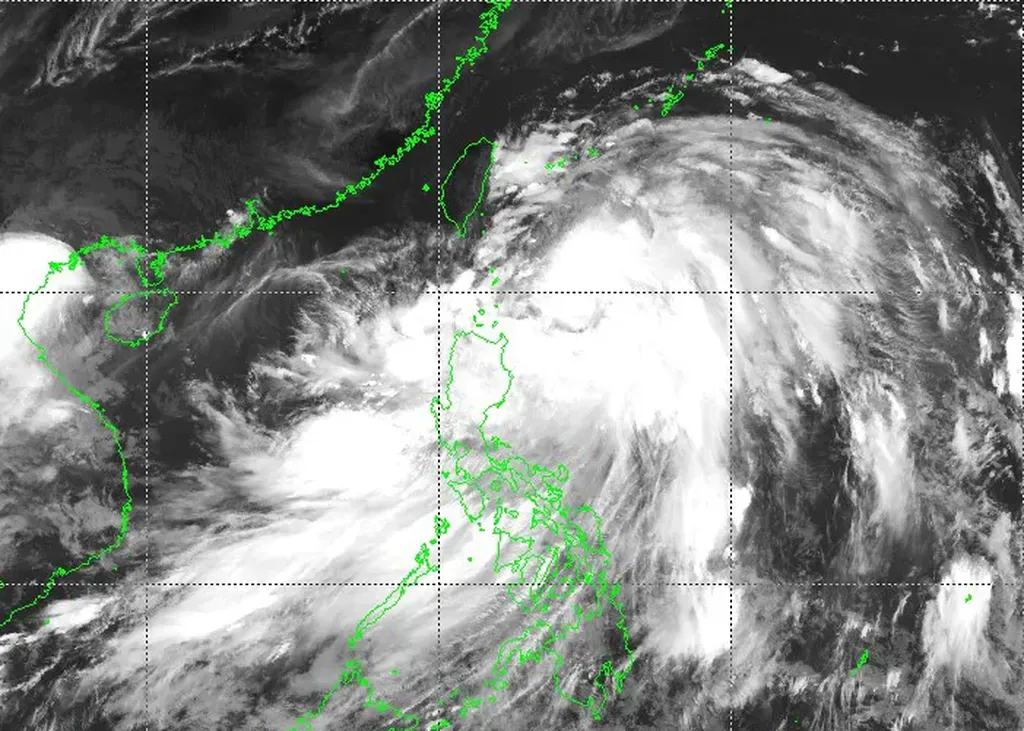In the bustling heart of New York City, where skyscrapers meet the sea, a new study is shedding light on the complex interplay between rain and storm surges, offering crucial insights for the energy sector and urban planners alike. Dr. Zhenghong Chen, a researcher at the Laoshan Laboratory in Qingdao, China, has led a groundbreaking investigation into how different types of storms contribute to compound flooding events in coastal urban environments.
The study, published in the journal ‘Hydrology and Earth System Sciences’ (or ‘Water and Earth System Sciences’ in English), focuses on the intricate relationship between rainfall and storm surges, particularly in the context of tropical cyclones (TCs) and extratropical cyclones (ETCs). Unlike previous research that often looked at daily rainfall data, Chen and his team delved into hourly data, providing a more nuanced understanding of the timing and intensity of these events.
“Our analysis reveals that tropical cyclones, although less frequent, dominate the joint probabilities of the most extreme rain-surge compound events,” Chen explains. “This is a critical finding for the energy sector, as extreme weather events can significantly impact infrastructure, including power plants and transmission lines.”
The study found that ETCs, while less intense, are the primary drivers of more frequent moderate compound events. This distinction is vital for urban planners and energy providers, as it helps them prepare for different types of storms and their potential impacts.
One of the most compelling aspects of the research is its examination of spatial differences in lag times between joint flood drivers. For instance, in Manhattan and the southern shores of NYC, rain intensity has a strong negative correlation with lag time to peak surge, promoting pluvial-coastal compound flooding. In contrast, the Bronx River in northern NYC experiences a 2–6 hour lag from the time of peak rain to peak surge, favoring fluvial-coastal compounding.
“This research is a game-changer for the energy sector,” says an industry expert who wished to remain anonymous. “Understanding the nuances of storm types and their impacts allows us to better prepare and mitigate risks, ensuring more reliable and resilient energy infrastructure.”
The implications of this study extend far beyond New York City. As coastal urban environments worldwide face increasing threats from extreme weather events, the insights provided by Chen and his team offer a valuable framework for assessing and managing compound flood risks. By understanding the characteristics of different storm types and their co-occurrence, energy providers and urban planners can make more informed decisions, ultimately protecting both infrastructure and communities.
As the energy sector continues to evolve, research like this will play a pivotal role in shaping future developments. By integrating advanced statistical analysis and historical data, we can better anticipate and mitigate the impacts of extreme weather events, ensuring a more resilient and sustainable future for coastal cities around the globe.

